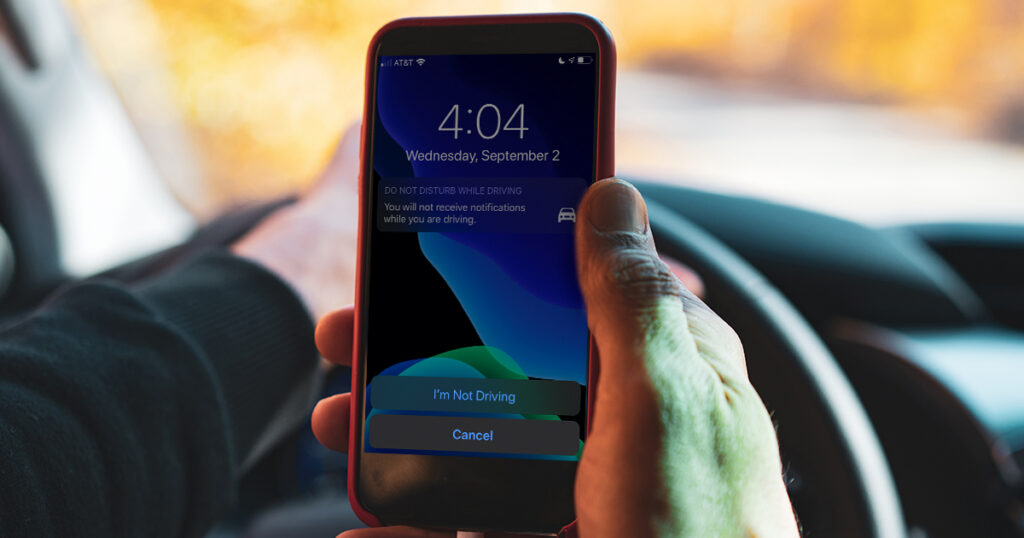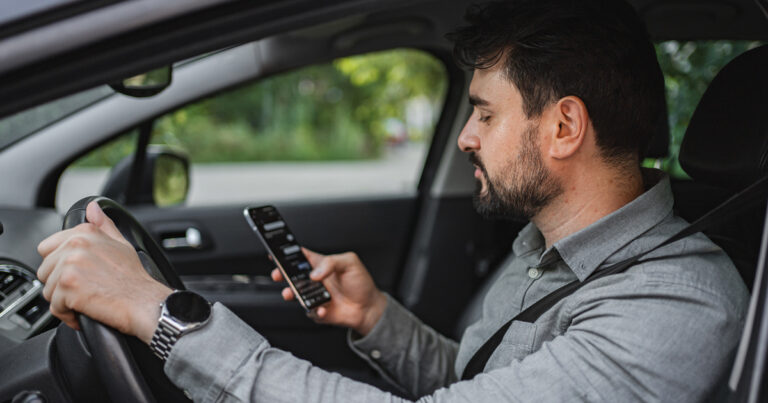With today’s array of handheld technology — some of which consumers take with them everywhere — there is no shortage of electronic distractions for 21st century drivers. And even for those who have spent decades behind the wheel, any of these devices can present quite a danger by taking drivers’ eyes off the road. In fact, according to statistics from the National Highway Traffic Safety Administration, distracted driving was responsible for more than 2,800 U.S. traffic fatalities in 2018 alone.
Many states and municipalities have enacted laws that make distracted driving a crime. But unfortunately, the allure of that ringing phone call or buzzing text message can often be too much for many drivers to resist — and even a quick peek can lead to serious (and even deadly) consequences. The best bet, of course, is to avoid the distractions altogether while navigating the highways and byways.
Thankfully, while modern technology might be a major contributor to this uniquely modern problem, it can also be part of the solution when employed the right way. Consumers looking to curb their (or their kids’) distracted driving habits can consider these six tips—technological and otherwise—for keeping the attention on the road rather than on in-car distractions:
- Set up auto-replies to texts while driving — Most smartphones allow users to adjust their settings (or install an app) so that their phone sends automatic replies to texts when they’re driving, letting the text’s sender know that they’ll respond once they’ve safely reached their destination. For iPhone users, the setting can be enabled in the iPhone’s Control Center under “Customize Controls.” For Android users, the Android Auto app is a common application used to set up similar automatic replies to texts when they’re driving.
- Educate kids on distracted driving — For parents of young drivers, the dangers of distracted driving can be particularly worrisome, especially considering the likelihood that their teenagers present some combination of a lack of driving experience and a strong connection to the digital devices they grew up using. Fortunately, a wealth of resources can easily be found on the internet for both conveying the dangers of distracted driving to kids and educating them on how to avoid these dangers. Some of the top online resources for taking both of these important steps include org (End Distracted Driving), the CDC’s Distracted Driving web page, the NTSA’s Distracted Driving web page and a long list of educational online videos on the topic.
- Teach safe driving habits — Expanding on the tip mentioned above, parents can incorporate distracted-driving prevention into their kids’ driving lessons when their children take their first turns behind the wheel. As most teens get their initial driving instruction from their parents after getting their learners’ permits, this gives parents an opportunity to weave safety-focused steps into their children’s driving routines from the start — including taking precautions such as having a child turn off his or her phone before ever turning the car’s ignition, or engaging the phone’s safe-driving setting before doing so.
- Model safe driving habits — Perhaps even more important than teaching safe driving habits, parents should always practice what they preach when it comes to distracted-driving avoidance. If parents demonstrate safe driving habits in front of their kids — such as always fastening their seat belt and turning their phones off when they’re in the driver’s seat — it can help lay a foundation of driving precaution that their kids are likely to follow when they take the wheel.
- Prevent other driving distractions — Beyond technological distractions, other in-car diversions can cause drivers to take their eyes off the road. For example, loose cargo can cause drivers to reach for any offending objects while the car is in motion — and as a result take their hands off the steering wheel and eyes off the road. So drivers should always be sure to secure their cargo before hitting the road. Similarly, pets (especially young and or hyperactive ones) should be restrained when riding so they don’t make any potentially dangerous moves such as leaping into drivers’ laps or otherwise obstructing the drivers’ views.
- Avoid drowsy driving — Especially on long trips, it can be tempting for drivers to keep pushing on to reach their destinations, even when their eyelids begin feeling heavy. But studies have shown that the loss of focus caused by drowsy driving can increase the risk of having a wreck by nearly four times. So, when sleepiness sets in, safe drivers should get off the road until they feel awake and alert again rather than pressing on.
Looking for a new smartphone with all the latest features, including built-in settings or downloadable apps designed to prevent distracted driving? FTC offers the latest iPhones and a range of other smartphones, including top-of-the-line Samsung and LG models. Visit ftc.net today to explore our latest money-saving promotions and get a device that helps keep your loved ones safer on the road.




